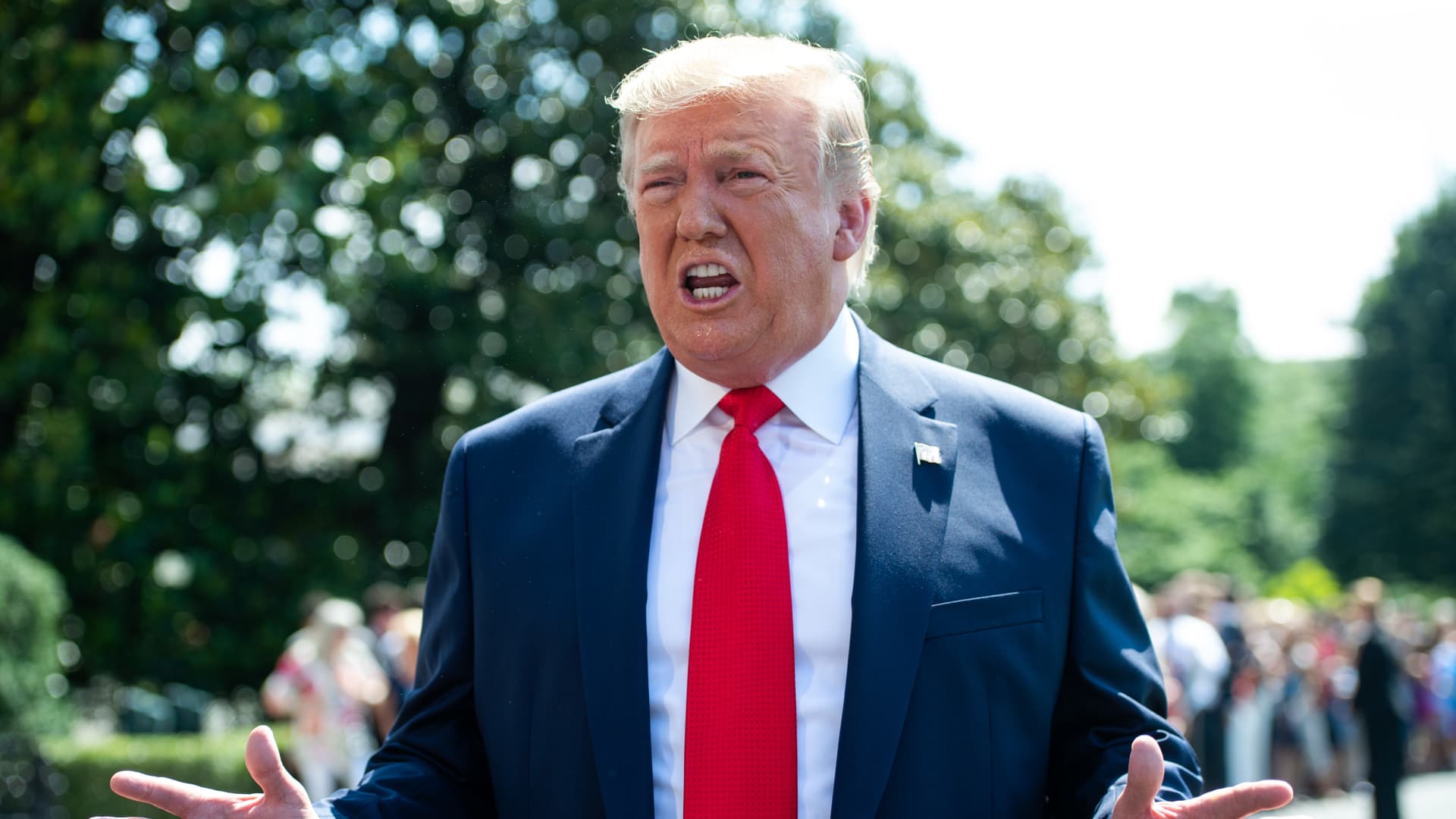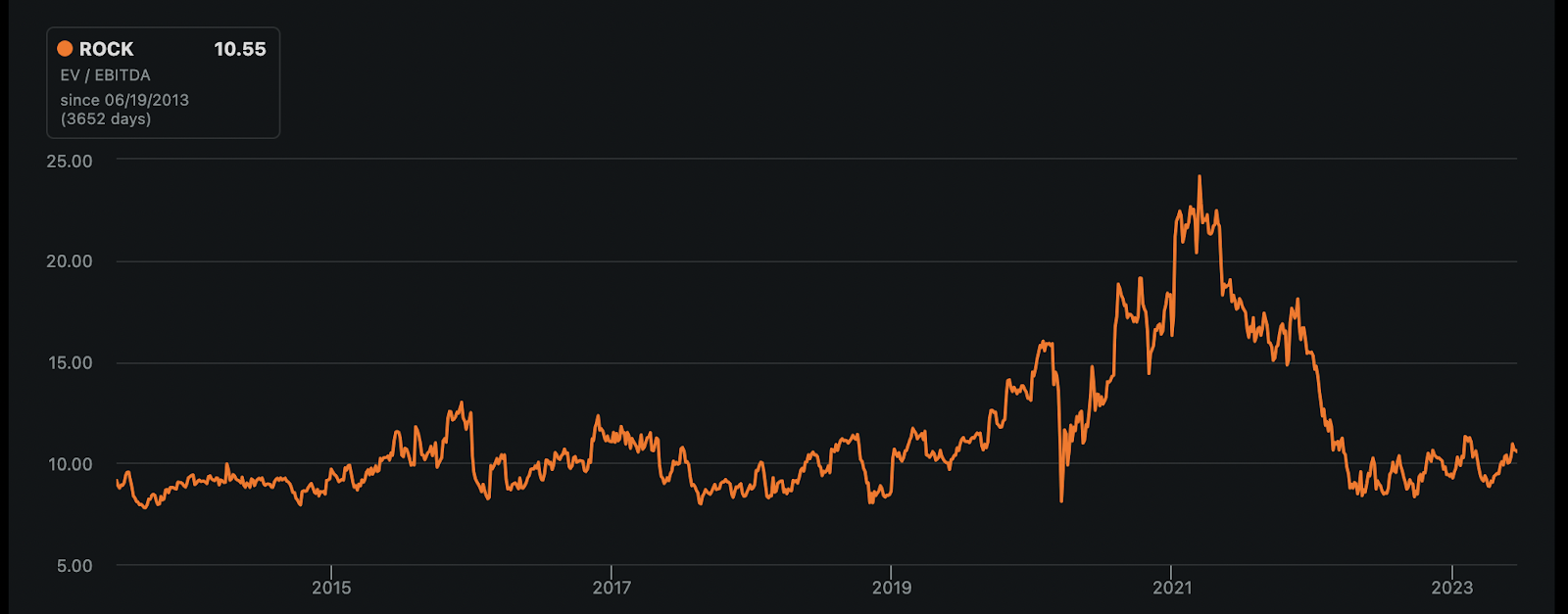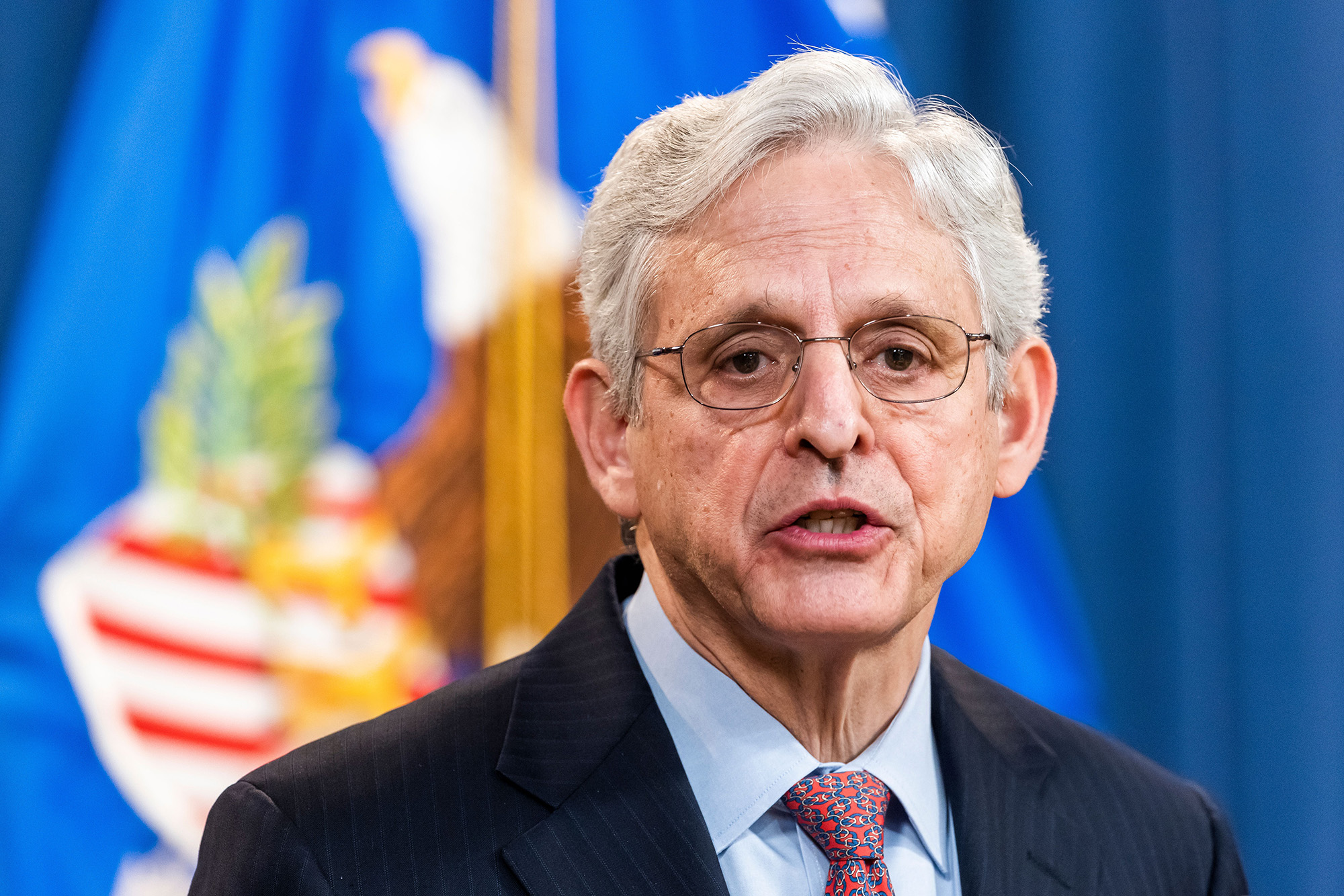Understanding Trump's Executive Order On Drug Pricing

Table of Contents
The Core Goals of the Executive Order
President Trump's Executive Order on drug pricing aimed to achieve several key objectives, all centered around making prescription drugs more affordable for American consumers. The core goals revolved around fairer drug pricing, increased price transparency, and leveraging international drug prices to negotiate lower costs. The rationale behind the order stemmed from the widespread concern over escalating pharmaceutical prices, particularly impacting seniors on Medicare and Medicaid. This fueled a national debate about fair drug pricing and the role of government intervention in the pharmaceutical market.
- Lowering prescription drug costs for seniors on Medicare: A primary focus was easing the financial strain of high drug costs on Medicare beneficiaries, a significant segment of the population relying on affordable medication access.
- Increasing price transparency in the pharmaceutical industry: The order sought to shed light on the often opaque pricing practices of pharmaceutical companies, empowering consumers and fostering a more competitive market.
- Linking domestic drug prices to lower prices in other countries: This controversial aspect aimed to utilize lower prices in other developed nations as a benchmark for negotiating lower drug prices within the United States.
- Addressing the issue of "pay-for-delay" deals: The Executive Order sought to curtail anti-competitive practices where brand-name drug companies paid generic manufacturers to delay the launch of lower-cost generic versions of their drugs.
Key Mechanisms and Provisions
The Executive Order employed several mechanisms to achieve its ambitious goals. These included significant changes to Medicare Part D, a focus on international price comparisons, and initiatives to enhance price transparency. However, the implementation faced considerable challenges and legal hurdles.
- Changes to Medicare Part D drug rebates: The order aimed to reform the rebate system, aiming to pass more savings directly onto patients rather than to insurance companies. This was a complex undertaking, involving navigating existing regulations and contractual agreements.
- Use of international drug prices as a benchmark: The administration proposed using lower drug prices observed in other developed countries as a benchmark for negotiations with pharmaceutical companies. This approach sparked considerable debate about its feasibility and potential consequences.
- Methods to increase price transparency: The order aimed to enhance price transparency through various measures, such as public reporting requirements and the establishment of more accessible databases of drug pricing information.
- Legal and regulatory framework: Implementing the Executive Order required navigating a complex web of existing laws and regulations, facing potential legal challenges from pharmaceutical companies.
Impact and Effectiveness of the Executive Order
Assessing the actual impact of Trump's Executive Order on drug prices remains a complex issue. While some price reductions were observed in certain medications, a comprehensive and conclusive evaluation is still ongoing. The response from various stakeholders, including pharmaceutical companies, patients, and healthcare providers, has been mixed.
- Changes in drug prices after implementation: While some price reductions were reported following the order, the extent and scope of these reductions varied greatly across different drugs and patient populations.
- Impact on patient access to essential medications: The order's effect on patient access to medication remains a point of discussion. While some argue that lower prices increased access, others raise concerns about potential shortages due to decreased manufacturer profitability.
- Influence on pharmaceutical industry pricing strategies: The pharmaceutical industry responded to the Executive Order with varying strategies, some adapting their pricing practices, while others challenged the order legally.
- Potential unintended consequences: The order may have had unforeseen consequences, including potentially hindering pharmaceutical innovation due to reduced profitability for research and development.
Criticisms and Controversies
Trump's Executive Order faced significant criticism and controversy, raising concerns about its potential impact on pharmaceutical innovation, drug availability, and the broader healthcare system. Legal challenges and lobbying efforts further complicated the situation.
- Arguments against government price controls: Opponents argued that government price controls could stifle pharmaceutical innovation by reducing the profitability of new drug development.
- Concerns about potential drug shortages: There were worries that reduced profitability could lead to manufacturers halting production of certain medications, resulting in drug shortages.
- Political and economic factors: The debate surrounding the order was significantly influenced by political ideologies and economic interests, with various stakeholders holding contrasting perspectives.
- Legal challenges and court rulings: The Executive Order faced several legal challenges, with pharmaceutical companies arguing it exceeded the government’s authority. Court rulings had significant implications for the order's implementation and longevity.
Conclusion
This article provided an in-depth analysis of Trump's Executive Order on drug pricing, covering its aims, implementation, impact, and controversies. The order aimed to lower drug costs by increasing transparency and using international price comparisons. While its impact is still being assessed, it sparked significant debate and raised important questions about the balance between affordability and pharmaceutical innovation. The long-term effects of this policy remain a subject of ongoing discussion and analysis within the healthcare and political spheres.
Call to Action: Understanding Trump's Executive Order on drug pricing is essential for anyone affected by high prescription drug costs. Stay informed about ongoing developments and advocate for policies that promote affordable and accessible healthcare. Continue to research and learn more about the complexities of drug pricing and the ongoing efforts to make medications more affordable for all Americans. Understanding the nuances of this Executive Order and its lasting effects is crucial for navigating the ongoing complexities of the American healthcare system.

Featured Posts
-
 Gibraltar Industries Nasdaq Rock Earnings Preview Potential Impacts And Investment Strategies
May 13, 2025
Gibraltar Industries Nasdaq Rock Earnings Preview Potential Impacts And Investment Strategies
May 13, 2025 -
 Texas Mega City Plan Under Doj Investigation
May 13, 2025
Texas Mega City Plan Under Doj Investigation
May 13, 2025 -
 Alex Fine And Pregnant Wife Cassie Ventura At The Mob Land Premiere Photo Gallery
May 13, 2025
Alex Fine And Pregnant Wife Cassie Ventura At The Mob Land Premiere Photo Gallery
May 13, 2025 -
 Extensive Search Continues For Missing Elderly Hiker
May 13, 2025
Extensive Search Continues For Missing Elderly Hiker
May 13, 2025 -
 Ice Raid In Worcester Sparks Public Outrage And Confrontation
May 13, 2025
Ice Raid In Worcester Sparks Public Outrage And Confrontation
May 13, 2025
